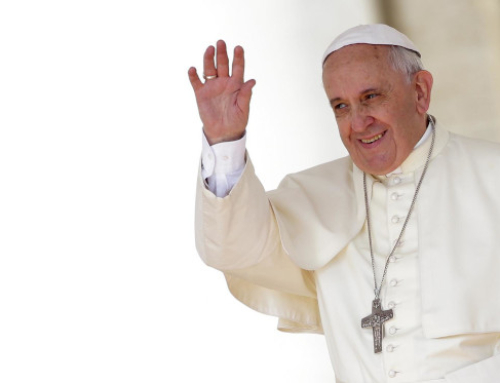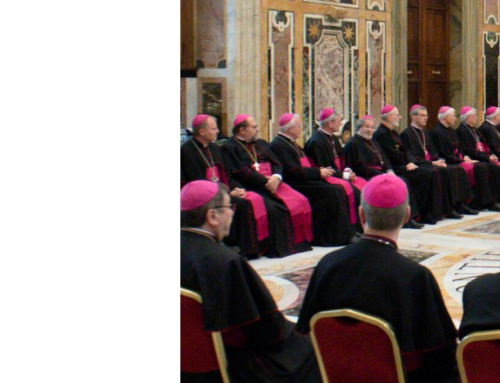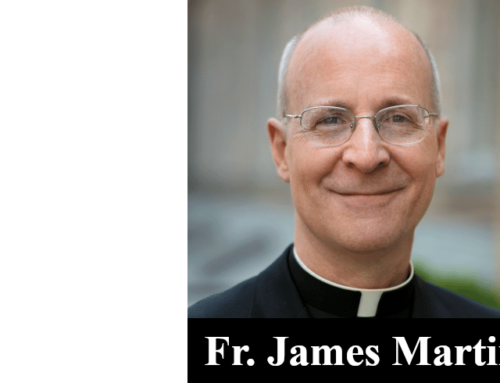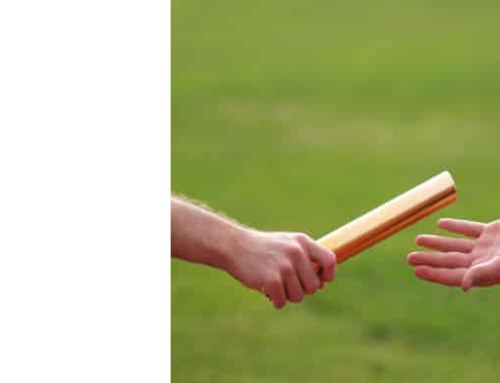Bill Donohue comments on the results of a new Pew Research Center survey on religion:
The Pew survey employs a “feeling thermometer” to measure how Americans feel about religious groups. Consistent with previous Pew surveys, the methodology is sound. But the commentary by reporters and pundits on its findings has been mostly a summation of the results, seriously lacking in analysis.
Its most basic finding is that Americans are feeling warmer about religious groups today than they were in 2014. That is a positive sign. Jews and Catholics are at the top of the thermometer readings (67 and 66, respectively); atheists and Muslims are at the bottom (50 and 48, respectively). Among the four age groups that were surveyed, only Catholics were rated in the top three religious groups across the board.
Why Catholics are looked upon so favorably was not addressed. From the vantage of the Catholic League, this finding means there is a huge gap between the public’s perception of Catholics and the perception that is projected by the cultural elite. To be specific, no religious group is insulted by Hollywood more than Catholics, whether on TV or in the movies. Indeed, if we were to include all demographic groups—from gays to the working class—Catholics would still be the most negatively portrayed group on the tube and on the screen.
On the surface the Pew survey is good news. It suggests that most people make their determinations about religious groups independent of Hollywood’s influence. But it is important to keep in mind that the survey did not measure feelings toward priests—they are almost uniformly portrayed in a vile way—nor did it measure feelings toward the institution of the Catholic Church (also the subject of relentless disparagement).
It is not surprising that atheists are the least fond of evangelical Christians (they merit a score of 29), and are much more embracing of Buddhists and Hindus (68 and 60, respectively). After all, evangelicals are perceived as taking their Christianity seriously, providing a ripe target for many atheists.
What are we to make of the fact that young people (18-29), unlike the other three older groups, have the most positive feelings about Buddhists (66) and Hindus (tied with Catholics at 64)? They rank them higher than evangelical Christians, Mormons, Jews, Muslims, atheists, and mainline Protestants.
The survey found that knowing someone from a different religion increases the likelihood of having a positive response about that religion. But this does not explain why young people hold Buddhists and Hindus in such high regard: only 22 percent of them say they know a Buddhist person and only 21 percent know a Hindu. Moreover, they know someone from all the other categories more than Buddhists and Hindus. Therefore, having an association with those of another religion does not explain why young people feel so positively about those of an Eastern religion.
One possible answer is multiculturalism. Young people have been subjected to hours of lectures on different cultures and religions, and a significant part of that experience yields a much more negative appraisal of Western civilization than Eastern civilization. Just examine the textbooks used in the schools.
If this analysis is correct, there is nothing to cheer about. Young people’s perceptions of Buddhists and Hindus may have more to do with being indoctrinated with political correctness than any other factor.
The survey raises interesting questions. Too bad most commentators have been decidedly incurious about them.







